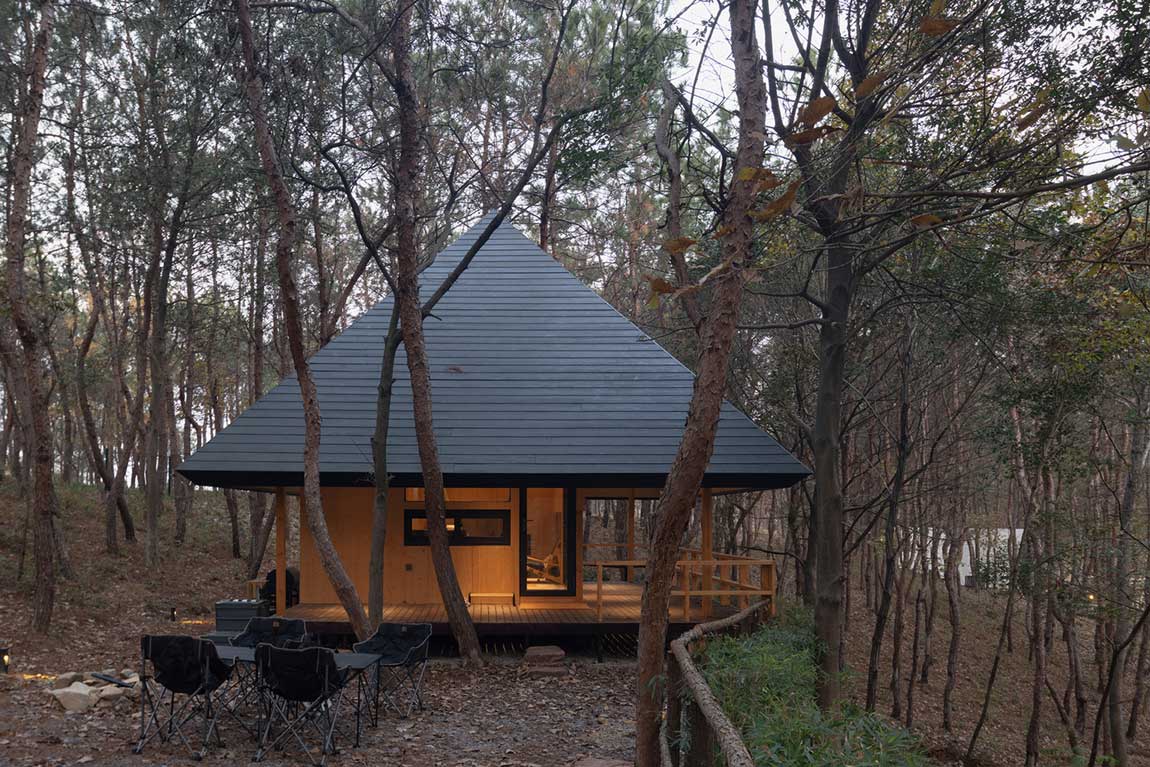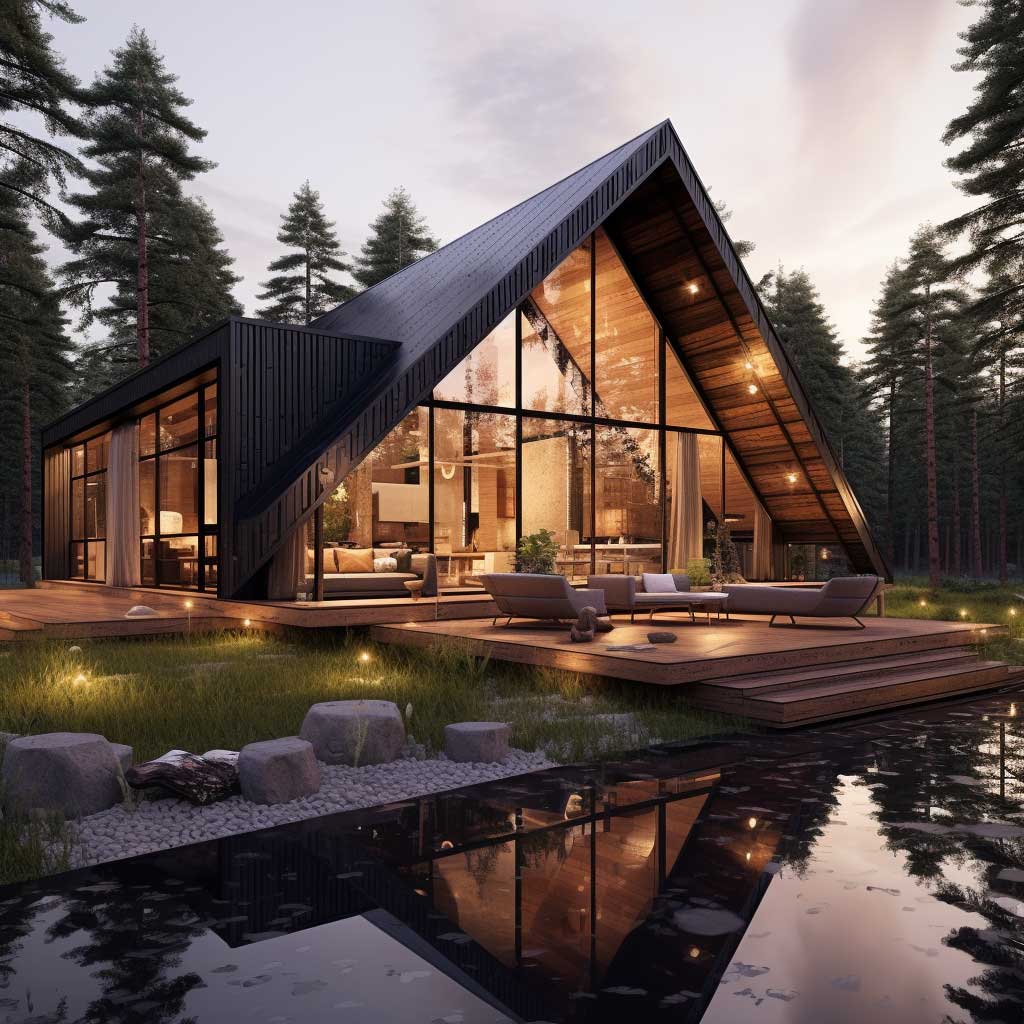With the first rays of the sun, a quiet serenade wakes up the landscape on which the wonder of human hands—stands a cabin. Not just a cabin, but literally a symphony of modern architecture, surrounding the beauty of nature. It is quite beautiful to witness, this testimony: modern cabin architecture is living proof of more than a trend. It gives evidence to the ingenuity of human beings, mixed with modern design in some of the most beautiful ways. In the article, we will present eight ways in which modern cabin architecture comes to this remarkable blend.


Embracing Natural Materials in Modern Cabin Architecture
Intimacy in modern cabin architecture is at the core of the relationship with nature. It is through the natural materials used perfectly by the architect—such as wood and stone—that the cabin roots itself within the environment and capitalizes on an aesthetic side of minimalism that means sophisticated simplicity.
The application of these natural materials in this considered way does more than simply enhance the aesthetics; they enable the cabin to blend more deeply with the environs of the landscape, to the extent that it feels integral to the environment. The textures and colors are absolutely natural and warm; nothing looks as if artificial products were used.
Thoughtfully, the use of locally sourced material further contributes to lessening environmental impact, an action that shows the commitment of the architects to sustainable practices. This blending of aesthetics and sustainability is testament to the intentionality that represents the evolving ethos of modern cabin architecture.
Modern designs of cabins express harmony in many ways. Some of them are, for example, the use of huge glass windows and doors, allowing, at the same time, extension of interior visual space and an ability to allow the natural world inside the cabin, further giving an immersive experience of living among nature.
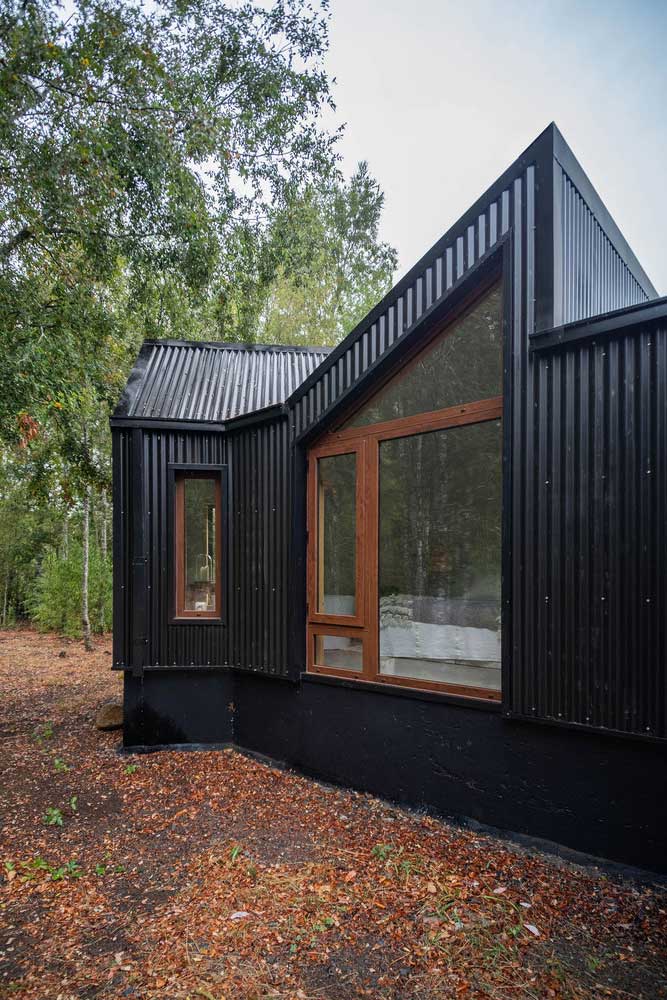
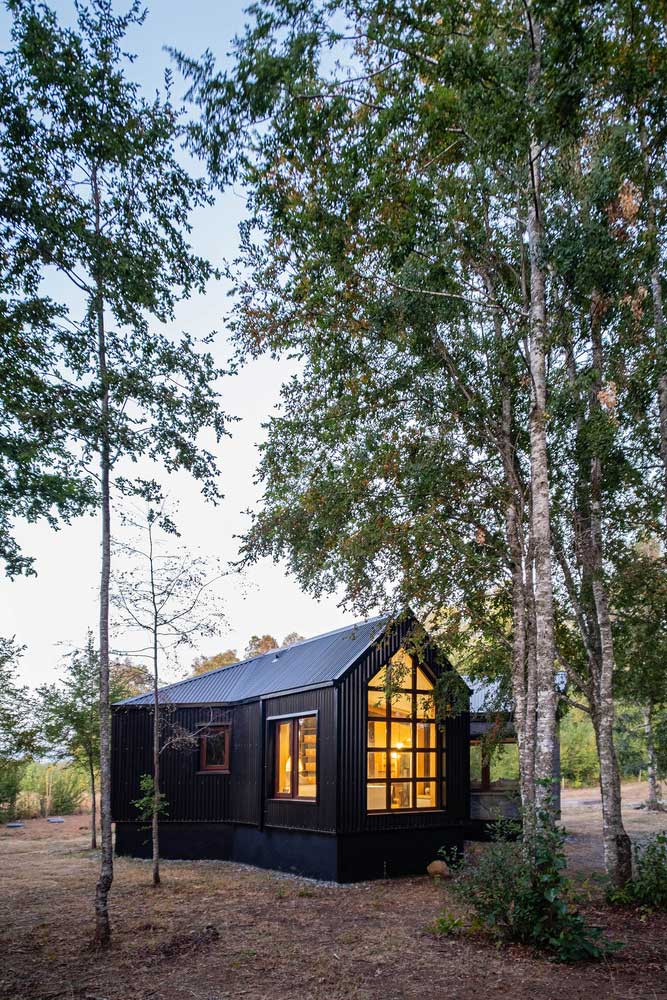
Balancing Privacy and Openness in Modern Cabin Design
The modern architecture of the cabin has mastered the art between privacy and openness. This is mainly achieved by the clever positioning and the orientation of the cabin, giving away secluded spots and embracing full exposure of the beautiful views of the natural surroundings.
The windows are perfectly placed to become the living pictures, framed with everything charming in a view around. The windows are not only an invitation to an abundance of sunlight but also a call for the personal conversation of the interior with the world outside.
In fact, even within the cabin, spaces are designed in a manner to maintain that fine balance of private retreats and common areas. The common areas would generally be open, and the floor plans would be aimed at socializing and sharing, while at the same respect, they would have secluded nooks that offer a quiet escape.
Ultimately, contemporary cabin architecture is all about a game of opposites—the requirement for connection and solitude, a longing for openness and privacy. It’s being in a space where one can get lost in the vast expanse of nature, yet find solace in their own secluded sanctuary.
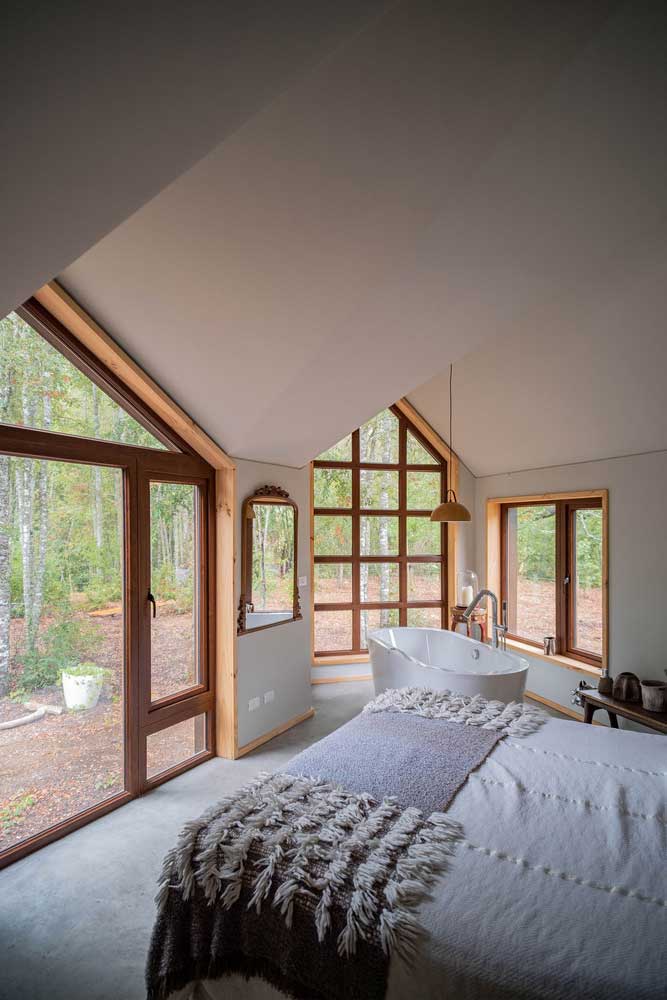
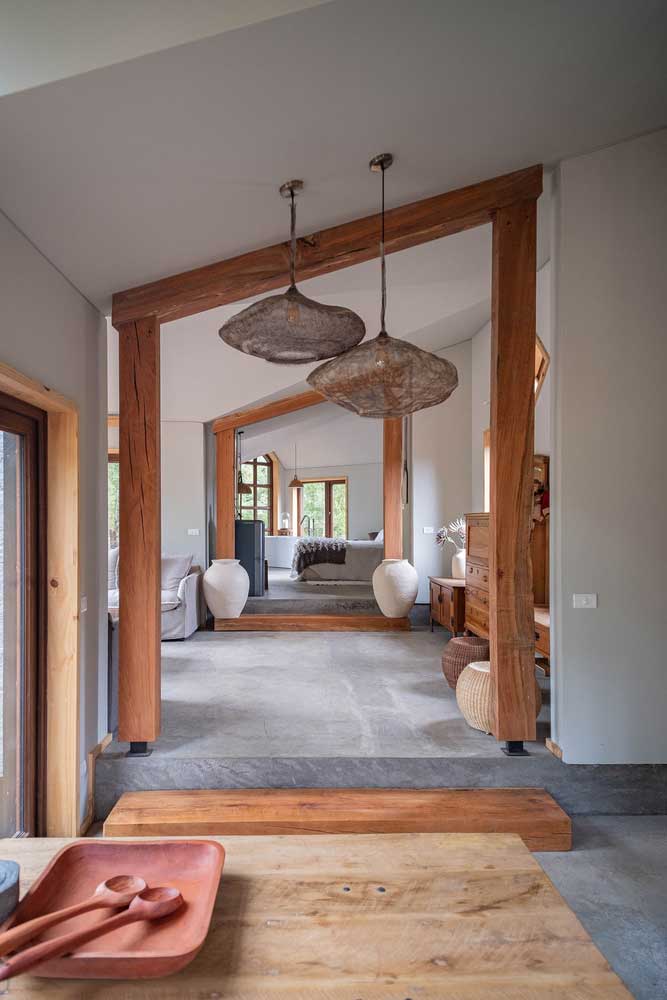
Harnessing Light and Shadow in Modern Cabin Architecture
Deliberate play of light and shadows is one of the characteristics of modern cabin architecture. An architect uses the dramatic inside interplay of a surrounding natural setting of the cabin to make a dynamic setting and light change with the passing of the day.
Huge panoramic windows provide not only great perspectives but also let in the light to play throughout the cabin. When it filters in, dancing light creates a mesmerizing array of patterns, casting a canvas of shadow and light on the cabin’s interior surfaces.
Even artificial lighting has been planned as an art form. From the ambient light to the task light and accent light, the cabin is provided for a creation of different moods and atmospheres in consonance with natural light, giving special importance to the architectural elements.
Modern cabin design cleverly uses light and shadow for a sense of time and rhythm. A reminder of the very changeable cyclical nature of the world we live in.
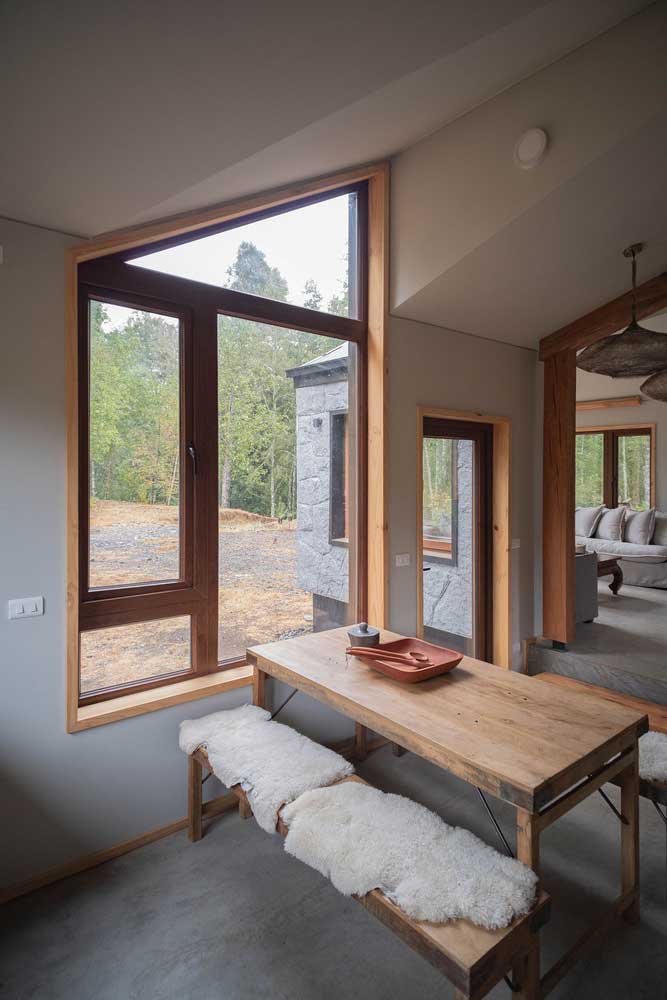
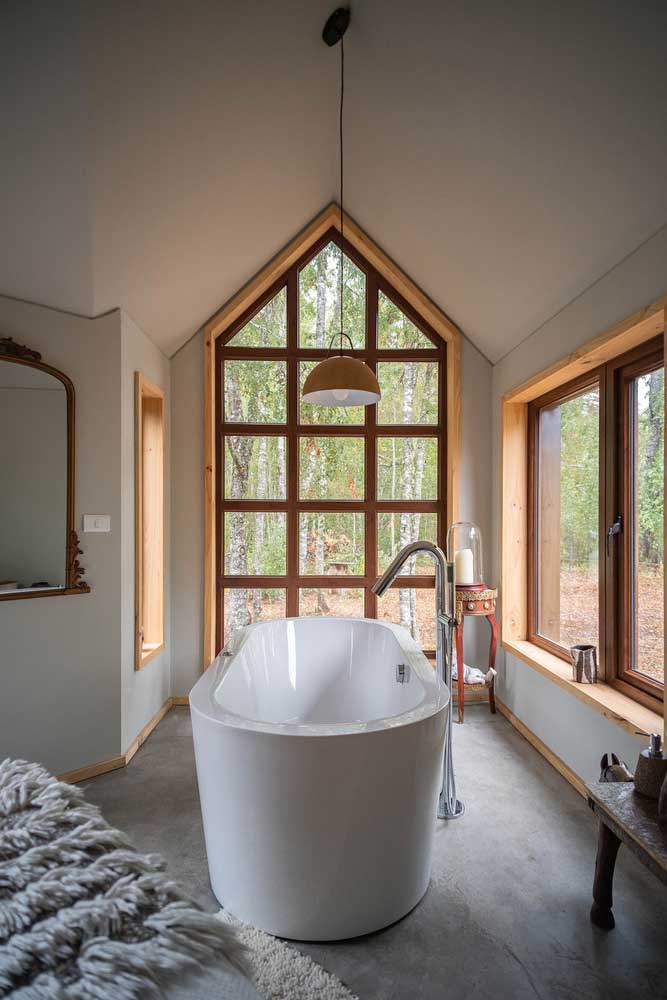
Integrating Indoor and Outdoor Spaces in Modern Cabin Design
This key characteristic of modern architecture in cabin design is the transition of integrated indoor and outdoor spaces. It is the integration of outdoor and indoor areas that would ensure that the architectural design allows for a continuum of living space into nature, thereby blurring the line of distinction between built space and the natural environment.
Patios, terraces, or decks serve as natural extensions of the cabin’s interior; hence, most times, they are cozy and protected spaces that give unique opportunities to relax, dine, or entertain against beautiful backgrounds.
The interior spaces, on the contrary, open themselves to the exterior. The sliding glass doors, floor-to-ceiling windows, and even open floor plans all add to this flow of inside to outside; this creates a total experience that wholly marries living with nature.
This not only extends space, but it also incorporates a lifestyle where nature has a slice of everyday living. These two features in constant dialogue with the cabin and its surroundings strengthen the inherent relationship that humans share with nature.


Prioritizing Sustainability in Modern Cabin Architecture
Sustainability is one of the cruxes to modern cabin architecture. The design by the architects is made such that it does not only live but also at the same time sustains nature. The architects come up with different practices and technologies that fit nature.
One of the ways of doing so is by adopting renewable energy sources, such as the installation of solar panels or wind turbines. Not only would it reduce the cabin’s carbon footprint, but it also gives a rearing of independence from regular power grids.
Additionally, innovative solutions like green roofs, rainwater harvesting systems, and naturally ventilated cabins only add to the sustainability of the cabin. This is resource-saving and harmonizing the cabin with nature.
Sustainability in modern cabin architecture entails much more than mere eco-friendly practices. It encompasses a respectful and symbiotic relationship with nature, strengthening the ethos that real luxury is inherent in life in harmony with the environment.
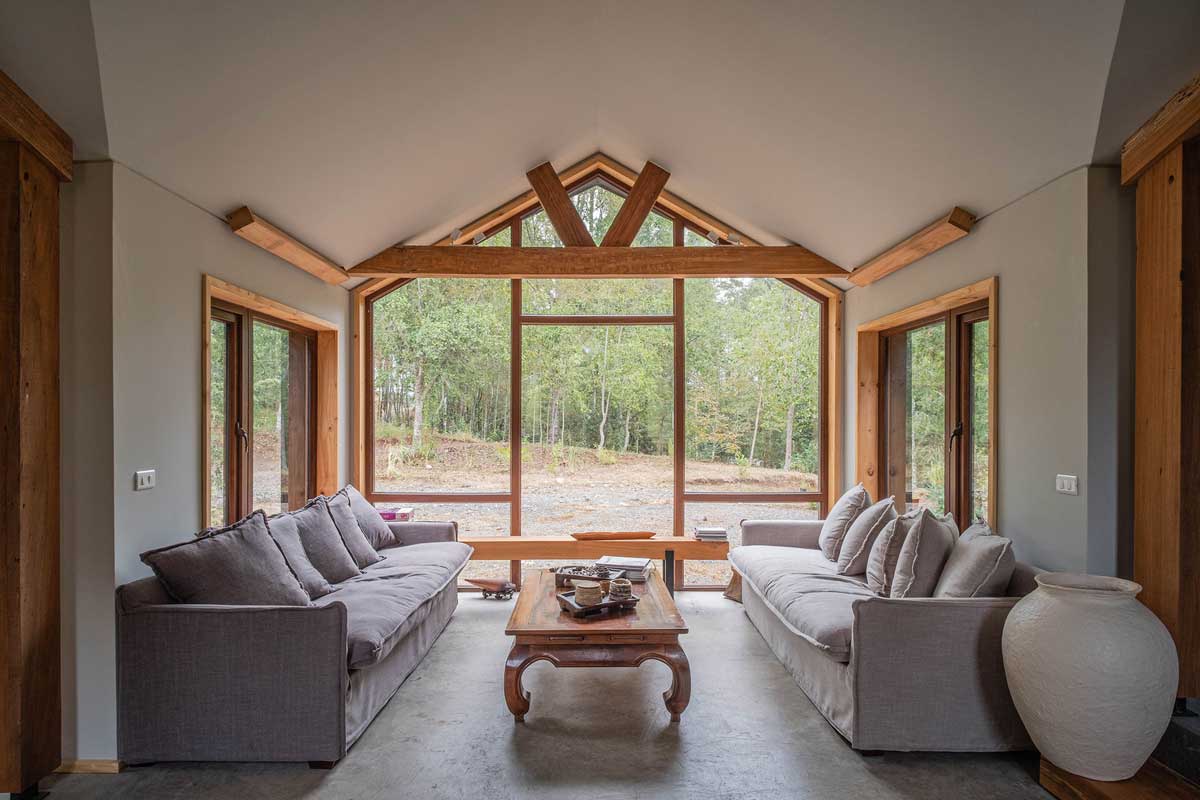

It may be said that one of the greatest features of modern cabin architecture lies within its diverse capability of blending the built environment with nature, which allows human ingenuity to be woven into the wild beauty of the world. It is a celebration of organic versus man-made, rustic versus modern, functional versus aesthetic. Whether through its natural materials, play with light and shadow, or commitment to sustainability, the designs manage to speak a language of harmony, telling the story of peaceful coexistence between man and nature. So, next time you look at modern cabins or even visual art, stop for a moment and enjoy this masterpiece of human genius. It’s a symphony that sings the song of the wild.



